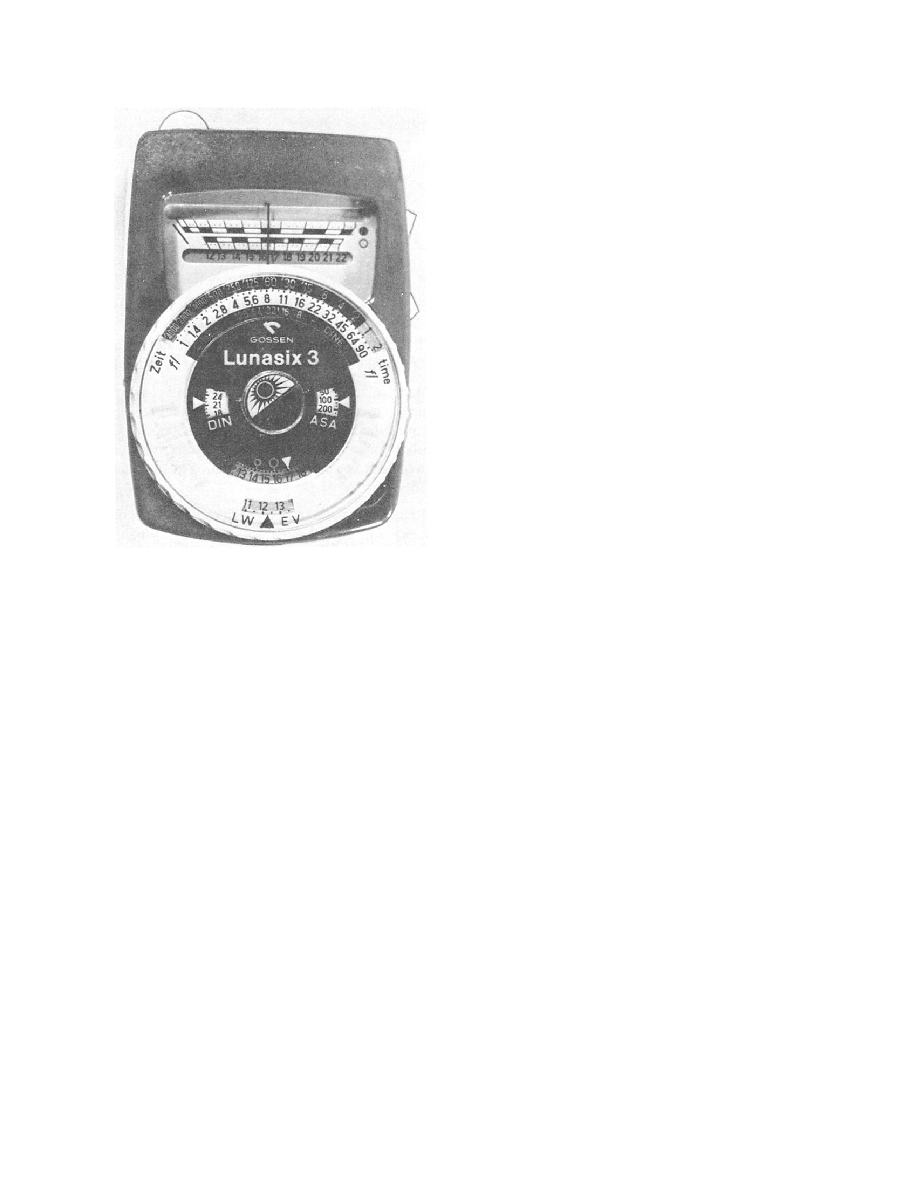
DOFMaster
for Windows
On-line
Depth of Field
Calculator
DOFMaster for Mobile Devices
On-line
Depth of Field
Table
Hyperfocal
Distance Chart
Articles
FAQ
Recommended
Books
Support
Contact
Links
Home
for Windows
On-line
Depth of Field
Calculator
DOFMaster for Mobile Devices
On-line
Depth of Field
Table
Hyperfocal
Distance Chart
Articles
FAQ
Recommended
Books
Support
Contact
Links
Home
As an Amazon Associate I earn from qualifying purchases.
![]()
sensitive instruments and should be handled with care.
There is little maintenance, but they do require batteries.
When you think a light meter is not working properly,
have it checked by a qualified technician. Always be
sure to check your equipment before leaving on an
assignment. Like all camera equipment, careless
handling and excessive heat and moisture limit the life
of a light meter. A light meter must not be subjected to
high temperatures for prolonged periods of time. Unless
the light meter is designed for underwater photography,
it should be protected in inclement weather.
incident-light method and the reflected-light method.
covers the photoelectric cell. When an incident-light
meter reading is taken, the meter is held at the position
of the subject with the photoelectric cell pointed toward
the camera. The meter measures the light falling upon
the scene. The incident-light method of measuring light
is used extensively in motion-media photography and
gives fast accurate results in all photography.
diffusion dome from the photoelectric cell, you can use
the meter to measure reflected light.
photoelectric cell and the meter pointed toward the
subject.
acceptance of the meter. The term angle of acceptance
compares to the term angle of view of a lens. Both are
predetermined during manufacturing. The angle of
acceptance and the distance between the meter and the
scene are the controlling factors as to how much of the
When the angle of acceptance is greater than the angle
of view of a lens (when using a telephoto lens for
example), the meter should be moved closer to the
scene.
angle of acceptance is not greater than the angle of view
of the lens being used. The meter measures the light
from the scene as seen by the lens.
be used from a distance to measure the reflected light
from specific objects within a scene. Exposure meters
with angles of reflectance this small are called spot
meters.
accurate. No matter what type of light meter you use, it
Basic Photography Course

As an Amazon Associate I earn from qualifying purchases.
WWW.DOFMASTER.COM
© 2006 Don Fleming. All rights reserved.
© 2006 Don Fleming. All rights reserved.